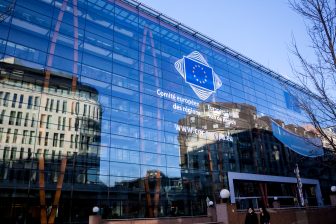
This was discussed onboard the Connecting Europe Express
Conference coach Connecting Europe Express
The Connecting Europe Express has passed through several stations in the Netherlands and Belgium today, a chance for Dutch and EU rail freight representatives to catch up on the latest developments. “The Netherlands is doing a lot, but I would like to know what solutions there are for the congested railway network”, said Kristian Schmidt, director of land transport at DG MOVE.
Do you want to read the full article?
Thank you for visiting RailFreight.com. Become a member of RailFreight Premium and get full access to all our premium content.
Are you already a member?
Having problems logging in? Call +31(0)10 280 1000 or send an email to customerdesk@promedia.nl.






Ik heb een vraag. Er wordt telkens gesproken over een overbelast spoorwegnet. Waarop is dat gebaseerd? Ik kijk regelmatig cabine camera videos op youtube en dan valt mij op dat er heel weinig verkeer op te zien is. Je zou verwachten dat bij een vol spoorwegnet er ca iedere 3 à 6 minuten een tegentrein te zien zou zijn. Een voorbeeld is de lijn Oberhausen-Emmerich, waar een extra spoor moet worden aangelegd. Er is bijna geen verkeer te zien.